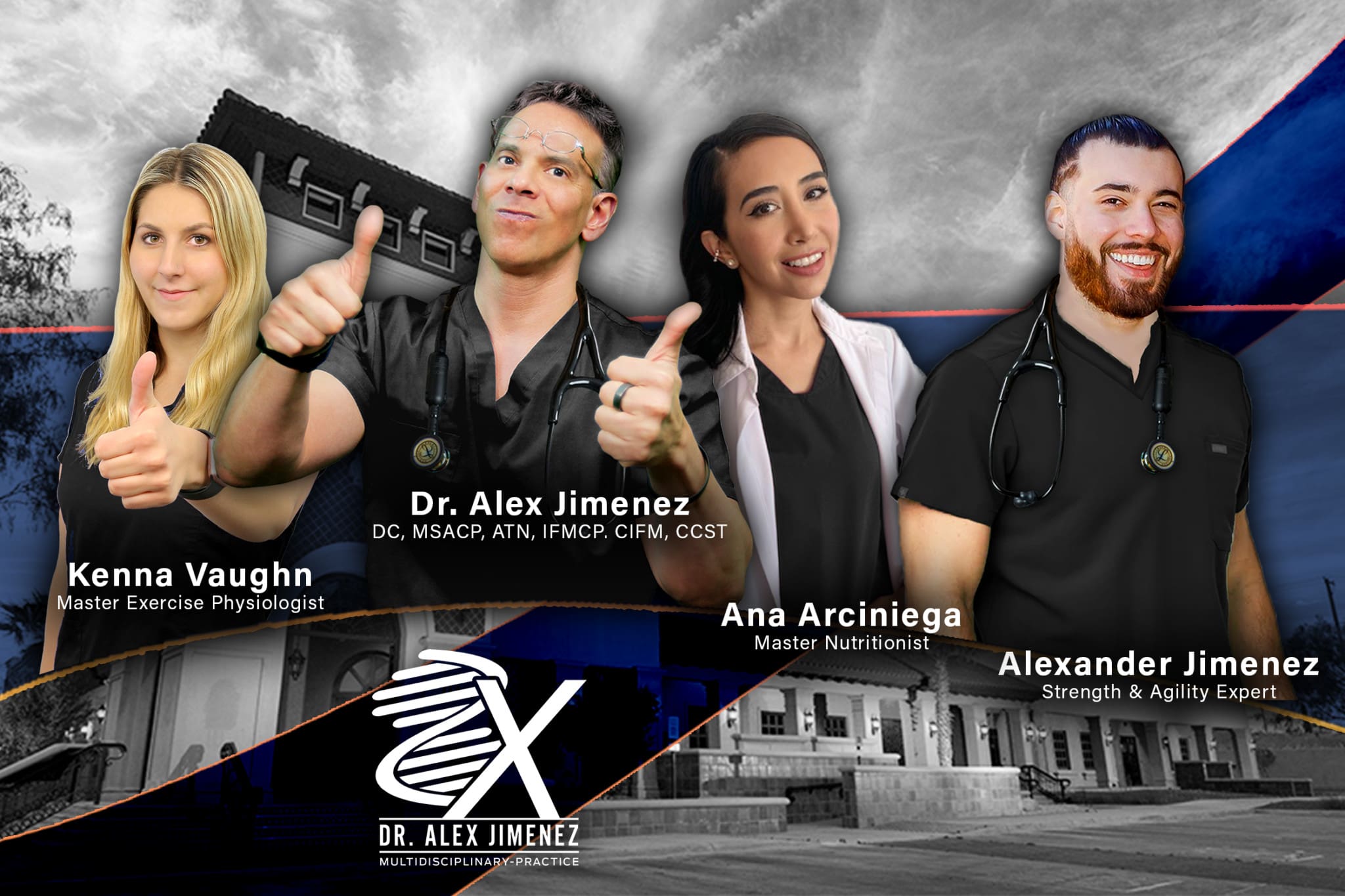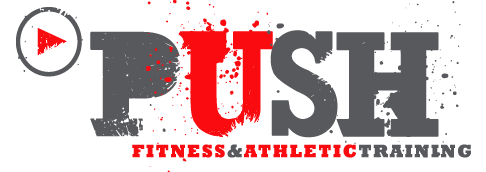Avoiding Back Injuries At Work
Table of Contents
The Risk for Back Pain
Work-related musculoskeletal disorders that affect the spine are a worldwide problem. The World Health Organization has stated in the United States that there is an estimated 149 million workdays lost every year because of back pain, with total costs estimated to be around 100-200 billion a year. And the World Health Organization identified low back pain as the leading cause of disability in the world. The National Institute for Occupations Safety and Health, which is a division of the CDC, listed five primary risk conditions for work-related musculoskeletal disorders:- Regularly lifting of objects
- Regular exposure to whole-body vibration like using a jackhammer or driving a forklift
- Regular reaching overhead work
- Working with the spine in a chronic flexion position
- Repetitive work/tasks
Office Back Pain
Individuals that stare at screens most of the day means their spines are at risk for cervical spinal flexion. This can lead to neck, shoulder, and upper back pain. And sitting for long bouts of time with poor posture adds tremendous pressure and weight on the low back. When the body is seated for a long time, the body is not utilizing its core abdominal muscles and back muscles that keep the body and foundation strong and flexible. The more these muscles are under-utilized the more the body begins to fall into the vicious cycle of slouching, slumping, poor posture, and increased stress on the back muscles.Avoiding Back Injury
With advancements in medicine, there are solutions for relieving pain and getting an individual back to regular work activity. Basic ways for avoiding injuries and keeping the spine healthy.- Lifting with the legs and not the back
- Maintaining healthy weight
- Healthy diet
- Stretching before physical activity and also during work will keep the muscles active and optimal circulation
- Overall physical fitness like taking a walk
- Knowing when to rest giving the body a break
- Focus on recovery during off-hours
Working with Spine Specialists
If the pain is constant or there is a high possibility of an injury, see a medical professional. The correct diagnosis leads to the right treatment, which can include:- Rest
- Physical therapy
- Chiropractic
- Pain management
- Medication
- Injections
- Surgery
Body Composition
How Aging Affects the Body
The body’s muscles are constantly being broken down and repaired. When the muscles are used, microscopic tears happen from the regular wear and tear. This means rebuilding those tears with protein. However, as the body gets older, it stops rebuilding the muscles as efficiently. With time, there is a reduction in overall muscle mass and strength. That loss can come from a combination of factors including:- Hormone changes – for example, testosterone gradually decreases
- Physical inactivity
- Comorbid conditions like cardiovascular disease, diabetes, and cancer
Dr. Alex Jimenez’s Blog Post Disclaimer
The scope of our information is limited to chiropractic, musculoskeletal, physical medicines, wellness, and sensitive health issues and/or functional medicine articles, topics, and discussions. We use functional health & wellness protocols to treat and support care for injuries or disorders of the musculoskeletal system. Our posts, topics, subjects, and insights cover clinical matters, issues, and topics that relate and support directly or indirectly our clinical scope of practice.* Our office has made a reasonable attempt to provide supportive citations and has identified the relevant research study or studies supporting our posts. We also make copies of supporting research studies available to the board and or the public upon request. We understand that we cover matters that require an additional explanation as to how it may assist in a particular care plan or treatment protocol; therefore, to further discuss the subject matter above, please feel free to ask Dr. Alex Jimenez or contact us at 915-850-0900. The provider(s) Licensed in Texas& New Mexico*References
“Work-Related Musculoskeletal Disorders & Ergonomics.” Centers for Disease Control and Prevention, Atlanta, GA. www.cdc.gov/workplacehealthpromotion/health-strategies/musculoskeletal-disorders/index.html OSHA Technical Manual, Section VII, Chapter 1: Back Disorders and Injuries. Occupational Safety and Health Administration, Washington, DC. www.osha.gov/dts/osta/otm/otm_vii/otm_vii_1.html#3 “Cervical spine joint loading with neck flexion.” Ergonomics. January 2020. pubmed.ncbi.nlm.nih.gov/31594480/ “Back to Health.” Safety & Health. The National Safety Council, Itasca, IL. www.safetyandhealthmagazine.com/articles/18897-back-to-healthPost Disclaimer *
Professional Scope of Practice *
The information herein on "Avoiding Back Injuries At Work" is not intended to replace a one-on-one relationship with a qualified health care professional or licensed physician and is not medical advice. We encourage you to make healthcare decisions based on your research and partnership with a qualified healthcare professional.
Blog Information & Scope Discussions
Welcome to El Paso's Premier Wellness and Injury Care Clinic & wellness blog, where Dr. Alex Jimenez, DC, FNP-C, a board-certified Family Practice Nurse Practitioner (FNP-C) and Chiropractor (DC), presents insights on how our team is dedicated to holistic healing and personalized care. Our practice aligns with evidence-based treatment protocols inspired by integrative medicine principles, similar to those found on dralexjimenez.com, focusing on restoring health naturally for patients of all ages.
Our areas of chiropractic practice include Wellness & Nutrition, Chronic Pain, Personal Injury, Auto Accident Care, Work Injuries, Back Injury, Low Back Pain, Neck Pain, Migraine Headaches, Sports Injuries, Severe Sciatica, Scoliosis, Complex Herniated Discs, Fibromyalgia, Chronic Pain, Complex Injuries, Stress Management, Functional Medicine Treatments, and in-scope care protocols.
Our information scope is limited to chiropractic, musculoskeletal, physical medicine, wellness, contributing etiological viscerosomatic disturbances within clinical presentations, associated somato-visceral reflex clinical dynamics, subluxation complexes, sensitive health issues, and functional medicine articles, topics, and discussions.
We provide and present clinical collaboration with specialists from various disciplines. Each specialist is governed by their professional scope of practice and their jurisdiction of licensure. We use functional health & wellness protocols to treat and support care for the injuries or disorders of the musculoskeletal system.
Our videos, posts, topics, subjects, and insights cover clinical matters, issues, and topics that relate to and directly or indirectly support our clinical scope of practice.*
Our office has reasonably attempted to provide supportive citations and has identified the relevant research studies or studies supporting our posts. We provide copies of supporting research studies available to regulatory boards and the public upon request.
We understand that we cover matters that require an additional explanation of how they may assist in a particular care plan or treatment protocol; therefore, to discuss the subject matter above further, please feel free to ask Dr. Alex Jimenez, DC, APRN, FNP-BC, or contact us at 915-850-0900.
We are here to help you and your family.
Blessings
Dr. Alex Jimenez DC, MSACP, APRN, FNP-BC*, CCST, IFMCP, CFMP, ATN
email: coach@elpasofunctionalmedicine.com
Licensed as a Doctor of Chiropractic (DC) in Texas & New Mexico*
Texas DC License # TX5807
New Mexico DC License # NM-DC2182
Licensed as a Registered Nurse (RN*) in Texas & Multistate
Texas RN License # 1191402
ANCC FNP-BC: Board Certified Nurse Practitioner*
Compact Status: Multi-State License: Authorized to Practice in 40 States*
Graduate with Honors: ICHS: MSN-FNP (Family Nurse Practitioner Program)
Degree Granted. Master's in Family Practice MSN Diploma (Cum Laude)
Dr. Alex Jimenez, DC, APRN, FNP-BC*, CFMP, IFMCP, ATN, CCST
My Digital Business Card




